I. Introduction
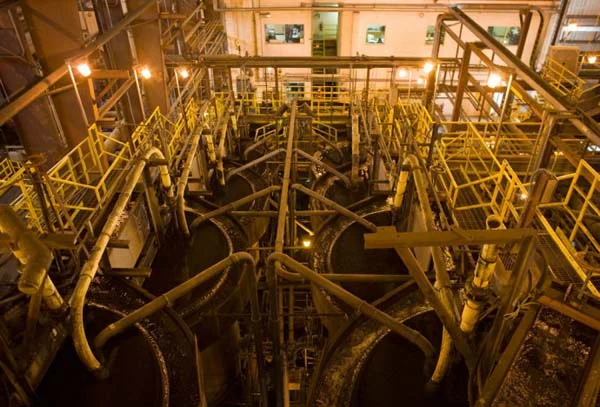
In the modern Gold mining industry, Sodium cyanide plays a pivotal role. Unlike the old-fashioned gold panning methods, today's commercial gold mining processes can extract gold from rock ores with extremely low gold content, sometimes as minuscule as 0.005%, where the gold is invisible to the naked eye. Sodium cyanide is the key chemical agent in this complex extraction process, enabling the separation of gold from ores efficiently. This article will explore in detail how Sodium Cyanide is utilized in gold mining.
II. The Basics of Sodium Cyanide
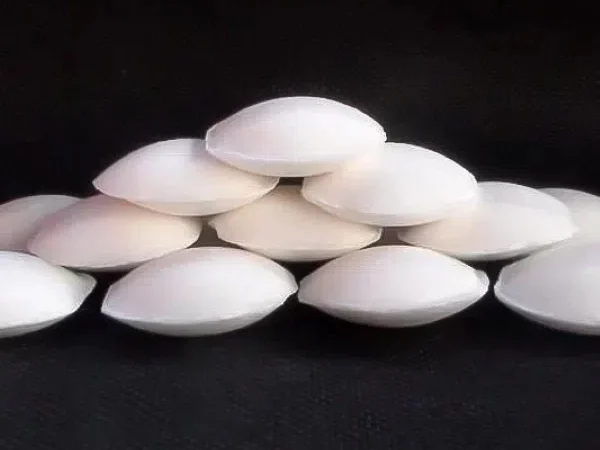
A. Chemical Properties
Sodium cyanide, with the chemical formula NaCN, is a white crystalline solid. It appears as granules or powder and is prone to deliquescence. This compound has a faint odor of bitter almonds. In terms of solubility, it is highly soluble in water, while only slightly soluble in ethanol. Chemically, sodium cyanide is a strong base and a weak acid salt. Its aqueous solution hydrolyzes to produce hydrocyanic acid, making the solution strongly alkaline. Notably, sodium cyanide is extremely toxic. Even a tiny amount, whether through skin contact, inhalation, or ingestion, can lead to severe poisoning and potentially be fatal. It exerts its lethal effect by releasing cyanide ions (CN-) which have a stronger binding affinity to iron ions than oxygen does. This disrupts the normal oxidative processes of cells, ultimately resulting in cell asphyxia and tissue hypoxia.
B. Industrial Importance
Beyond its role in gold mining, sodium cyanide holds significant importance in various industrial sectors. In the electroplating industry, it serves as a crucial component for plating copper, silver, cadmium, and zinc. It helps reduce the anodic polarization, ensuring the normal dissolution of the anode, stabilizing the plating solution, and enhancing the cathodic polarization to obtain uniform and high-quality plating layers. In metallurgy, it is widely employed in the extraction of precious metals like gold and silver. Moreover, it is a fundamental raw material in the chemical industry for manufacturing a diverse range of inorganic cyanides and generating hydrocyanic acid. It also plays a vital part in the synthesis of organic materials such as organic glass, various synthetic materials, nitrile rubber, and synthetic fiber copolymers. In the dye industry, it is used in the production of cyanuric chloride, an essential intermediate for reactive dyes and a precursor for whitening agents. Additionally, the pharmaceutical industry utilizes sodium cyanide in the synthesis of compounds like cyanoacetic acid methyl ester and diethyl malonate. Overall, sodium cyanide's versatility and reactivity make it an indispensable chemical in modern industrial processes.
III. The Gold Mining Process with Sodium Cyanide
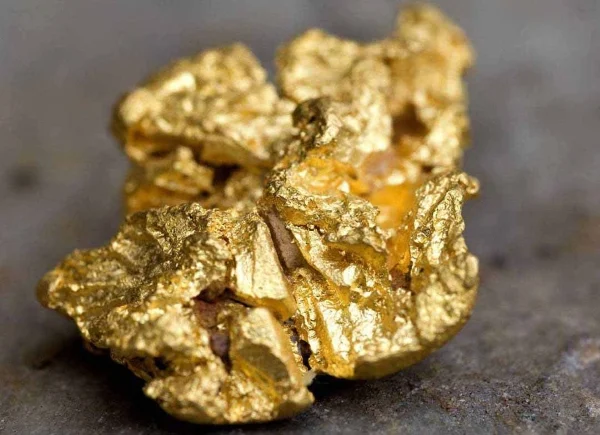
A. Ore Preparation
The first step in using sodium cyanide for Gold extraction is preparing the ore. Large chunks of gold-bearing ore are initially crushed into smaller pieces using heavy-duty crushers. This primary crushing reduces the ore size to a more manageable dimension, typically around 150-300 millimeters. Subsequently, the crushed ore undergoes secondary crushing, often with cone crushers or impact crushers, further reducing the particle size to about 20-50 millimeters. After that, the ore is ground into a fine powder through ball mills or rod mills, ensuring that most of the particles are less than 0.074 millimeters. This fine grinding is crucial as it significantly increases the surface area of the ore, facilitating better contact and reaction with the cyanide solution in the subsequent leaching process. Additionally, the ore may go through a screening process to separate different particle sizes, allowing for more precise control of the chemical treatment and maximizing the extraction efficiency.
B. Leaching Process
Once the ore is finely prepared, it enters the leaching stage, which is the heart of the gold extraction process with sodium cyanide. The powdered ore is mixed with a carefully formulated cyanide solution, usually with a sodium cyanide concentration ranging from 0.05% to 0.1%. In this stage, a chemical reaction occurs where the gold in the ore reacts with the cyanide ions (CN-) in the presence of oxygen. The overall reaction can be represented by the equation: 4Au + 8NaCN + O₂ + 2H₂O → 4Na[Au(CN)₂] + 4NaOH. Here, the gold atoms form a soluble complex with the cyanide ions, creating sodium gold cyanide (Na[Au(CN)₂]), which dissolves in the solution. The leaching process demands strict control of various parameters. The pH of the solution is maintained at around 10-11 to ensure the stability of the cyanide and prevent the formation of toxic hydrogen cyanide gas. Temperature also plays a vital role; typically, it is kept within a range of 20-30°C. Too low a temperature slows down the reaction rate, while excessive heat can lead to rapid evaporation of the solution and potential equipment corrosion. Adequate agitation and aeration are continuously provided to ensure uniform mixing of the ore and the cyanide solution, promoting efficient gold dissolution.
C. Precipitation Stage
After the leaching process, the gold is now in the form of soluble gold cyanide complexes in the solution. To recover the gold, a precipitation stage is carried out. This commonly involves adding zinc powder or activated carbon to the solution. When zinc powder is used, a displacement reaction takes place. The zinc, being more reactive than gold, displaces the gold from the gold cyanide complex. The chemical reaction can be expressed as: 2Na[Au(CN)₂] + Zn → Na₂[Zn(CN)₄] + 2Au. The gold atoms are then reduced to their metallic form and precipitate out of the solution. If activated carbon is employed, its high surface area and adsorption properties come into play. The gold cyanide complexes adsorb onto the surface of the activated carbon, effectively separating the gold from the solution. The loaded activated carbon is then further processed to recover the adsorbed gold. Once the precipitation is complete, the resulting slurry is filtered or centrifuged to separate the solid gold precipitate from the remaining liquid, which may contain residual cyanide and other impurities.
D. Refining Process
The gold obtained from the precipitation stage still contains some impurities and needs to be refined to achieve the high purity required in the market. The refining process typically begins with smelting, where the gold precipitate is heated to a high temperature in a furnace. This melts the gold, allowing denser impurities to sink to the bottom while the molten gold can be skimmed off or poured into molds. Subsequently, electrolysis may be employed for further purification. In an electrolytic cell, the impure gold is made the anode, and a thin sheet of pure gold serves as the cathode. When an electric current is passed through the cell, the gold ions from the anode migrate towards the cathode and deposit as pure gold, leaving behind the remaining impurities at the anode. Through these refining steps, the gold can reach a purity level of up to 99.99%, meeting the standards for various industrial, jewelry-making, and investment applications.
IV. Safety and Environmental Considerationsment applications

A. Worker Safety
Given the extreme toxicity of sodium cyanide, ensuring the safety of workers is of paramount importance. Workers involved in the gold mining process using sodium cyanide must be provided with comprehensive safety training. They need to be well-versed in handling the chemical, understanding its potential hazards, and knowing the correct emergency procedures. Personal protective equipment (PPE) is non-negotiable. Workers should wear impermeable gloves to prevent skin contact, goggles to shield their eyes, and respirators to avoid inhaling any potentially released cyanide gas. In addition, strict safety protocols must be in place. For example, work areas should be well-ventilated to minimize the concentration of any airborne cyanide. Workers should also be prohibited from eating, drinking, or smoking in areas where sodium cyanide is present to prevent accidental ingestion. Regular medical check-ups should be mandatory to monitor the health of workers, especially those directly handling the chemical, to detect any early signs of cyanide exposure.
B. Environmental Impact
The use of sodium cyanide in gold mining also raises significant environmental concerns. After the gold extraction process, the remaining waste materials, known as Cyanide tailings, contain residual cyanide. If not properly managed, these tailings can pose a severe threat to the environment. Cyanide can leach into soil and groundwater, contaminating water sources and harming aquatic life. In surface waters, even small amounts of cyanide can disrupt the ecological balance, leading to fish kills and other negative impacts on biodiversity. To mitigate these environmental risks, mining companies must implement robust environmental management strategies. One approach is to treat the cyanide tailings to reduce the cyanide content to safe levels. This can involve chemical treatment processes, such as oxidation or precipitation methods, to convert the toxic cyanide into less harmful compounds. Another important measure is the proper disposal and containment of the treated tailings. Secure landfills or tailings ponds with appropriate liners can prevent the leakage of any remaining contaminants into the environment. Additionally, continuous monitoring of the surrounding environment, including water quality and soil conditions, is essential to detect any potential environmental damage early and take corrective action promptly.
V. Conclusion
Sodium cyanide is undeniably a crucial chemical in modern gold mining, enabling the extraction of gold from ores with low gold content. It has been the cornerstone of the gold Mining industry for decades, facilitating the production of gold that fuels various industries, from jewelry-making to high-tech applications. However, its use demands the utmost attention to safety and environmental protection. Mining companies must invest in state-of-the-art safety equipment, provide comprehensive training to workers, and implement strict safety protocols to safeguard lives. Simultaneously, they have a moral and legal obligation to manage the environmental impact, treating cyanide tailings responsibly and monitoring the ecosystem to prevent long-term damage. As technology advances, research into safer and more environmentally friendly alternatives to sodium cyanide should continue. Only by striking a balance between efficient gold extraction, worker safety, and environmental stewardship can the gold mining industry thrive sustainably in the future.
- Random Content
- Hot content
- Hot review content
- Collector BLK-301/Composite Flotating Active Matter ≥60%
- Acetone
- Anhydrous Ammonia 99% Liquid
- Methanol Methyl alcohol 99.9% Industrial Grade Clear colorless liquid
- Ammonium Persulfate Industrial Grade 98.5%
- calcium chloride anhydrous for food
- Benzonitrile
- 1Discounted Sodium Cyanide (CAS: 143-33-9) for Mining - High Quality & Competitive Pricing
- 2Sodium Cyanide 98% CAS 143-33-9 gold dressing agent Essential for Mining and Chemical Industries
- 3Sodium Cyanide 98%+ CAS 143-33-9
- 4China's New Regulations on Sodium Cyanide Exports and Guidance for International Buyers
- 5Anhydrous Oxalic acid 99.6% Industrial Grade
- 6Oxalic acid for mining 99.6%
- 7Reagent Grade/Industrial Grade Hydrochloric Acid min.31%
- 1Sodium Cyanide 98% CAS 143-33-9 gold dressing agent Essential for Mining and Chemical Industries
- 2High Quality 99% Purity of Cyanuric chloride ISO 9001:2005 REACH Verified Producer
- 3 High-Quality Sodium Cyanide for Leaching
- 4Powdery emulsion explosive
- 5Industry Grade Electron grade 98% Sulfuric Acid H2SO4 Sulphuric Acid Battery Acid Industrial Sulfuric Acid
- 6Colloidal emulsion explosive
- 7sodium hydrosulfide 70% flakes used Mining Industry


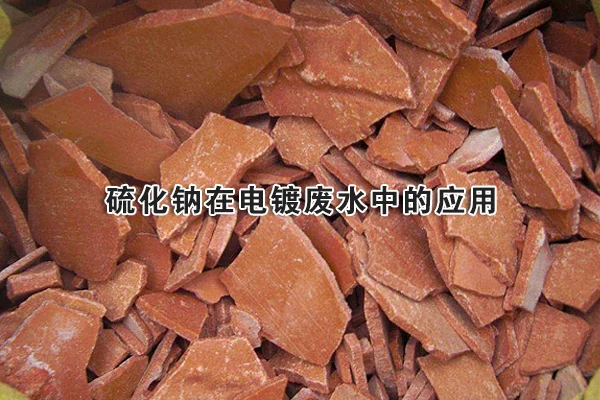


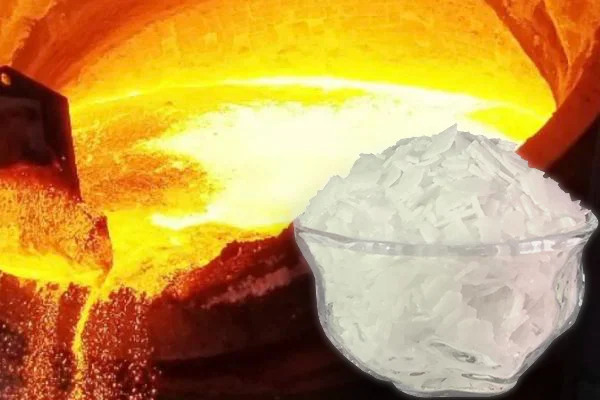
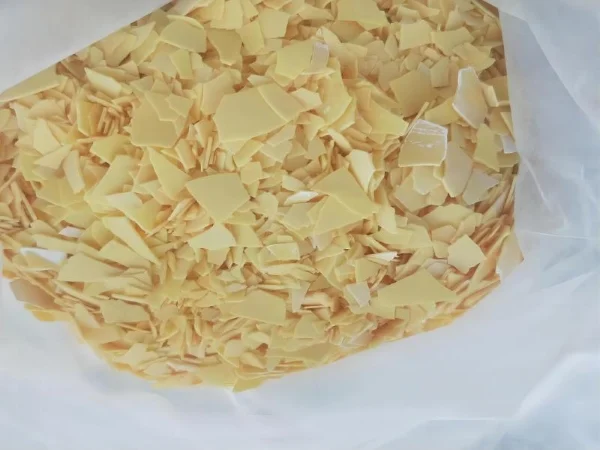
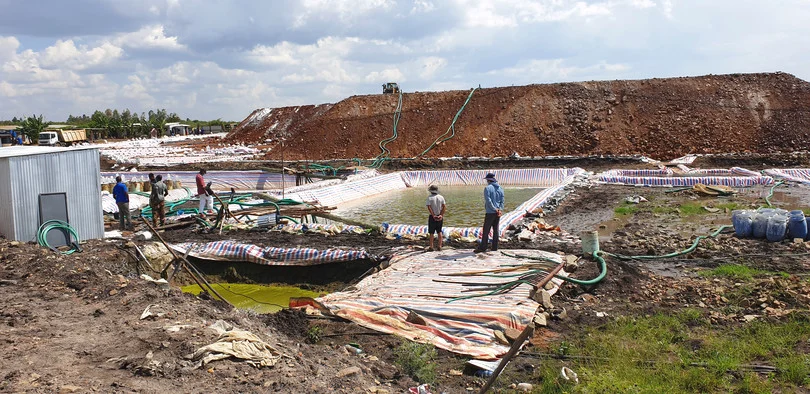
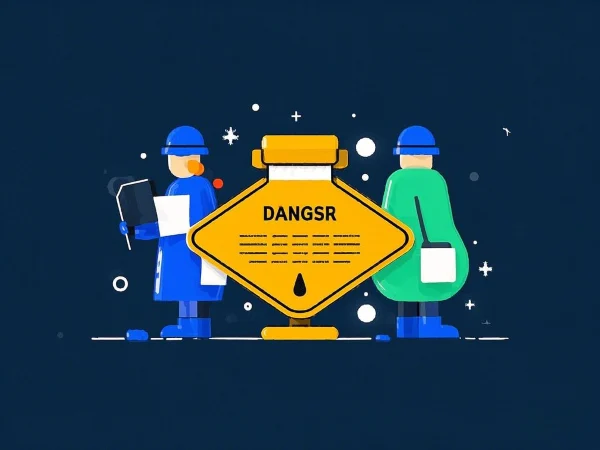



Online message consultation
Add comment: